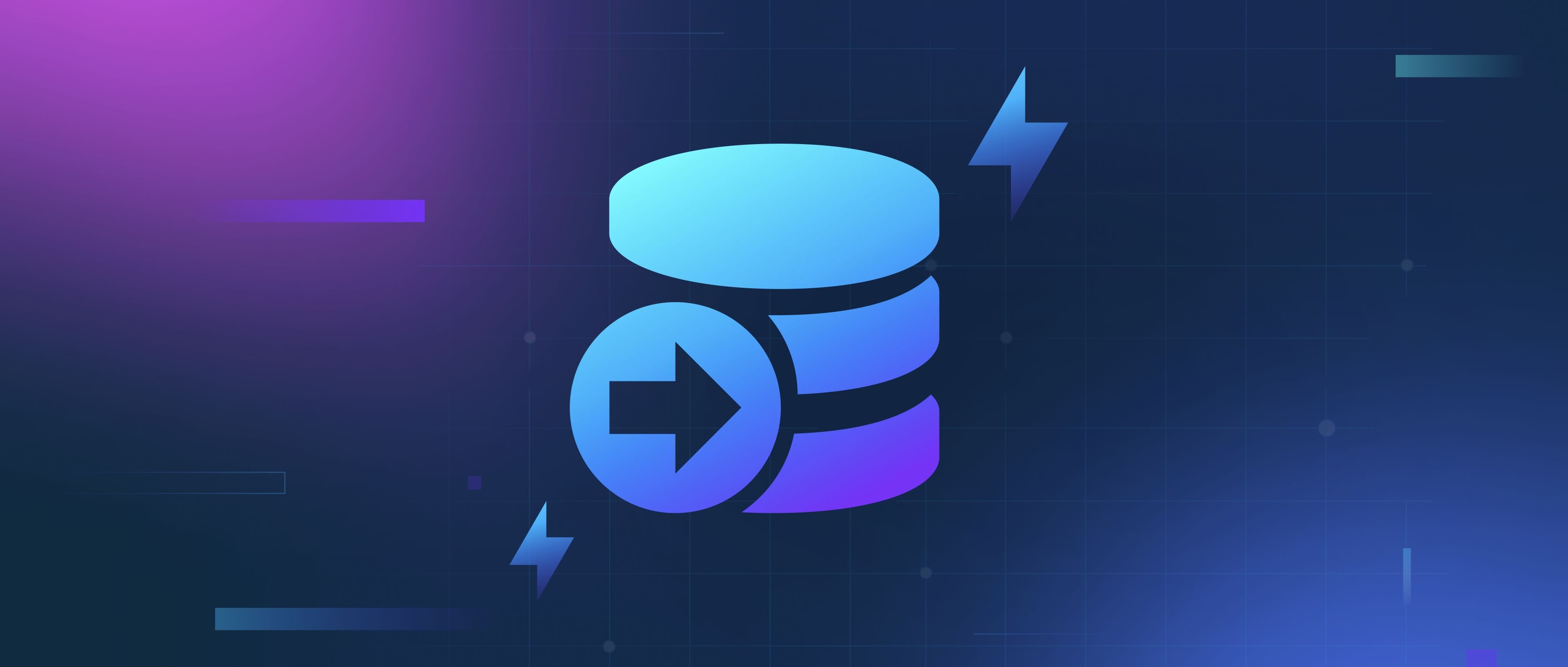Few-shot learning is a machine learning approach designed to help models adapt to new tasks with minimal labeled data. Instead of requiring a large dataset for each new task, few-shot learning leverages knowledge gained from previously learned tasks. It allows models to generalize from just a small number of examples, often just one or a few labeled instances of the new task. This is achieved through techniques like meta-learning, where the model learns how to learn effectively from limited data.
One common method in few-shot learning is using a base model that has been pretrained on a related task or domain. For instance, if a model is trained on recognizing various objects in images, it can then be fine-tuned with just a few labeled images of a new object to recognize it effectively. This is possible because the model has already learned to extract important features and patterns from the data, enabling it to apply that knowledge when encountering the new task. Another approach involves using similarity measures, where the model compares the small number of new examples against known examples to determine categories based on semantic similarity rather than memorization.
Moreover, techniques like meta-learning algorithms can optimize how models learn from few examples. For instance, algorithms such as Prototypical Networks create a prototype representation for each class based on the limited data and classify new examples based on their distance to these prototypes. By utilizing these strategies, few-shot learning becomes a powerful method for developers who need to quickly and efficiently adapt models for new tasks without the overhead of gathering and labeling large datasets, simplifying the process and enabling faster deployment of AI solutions.
